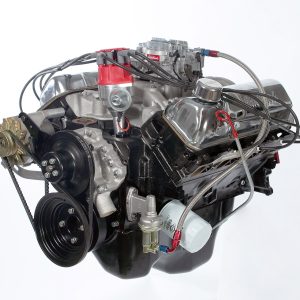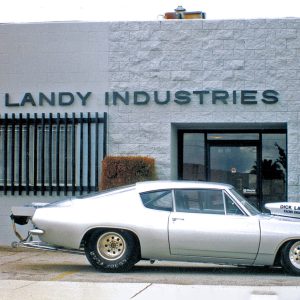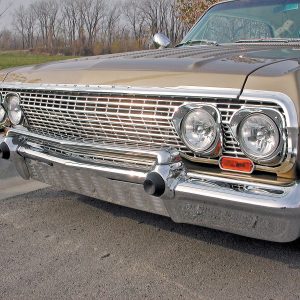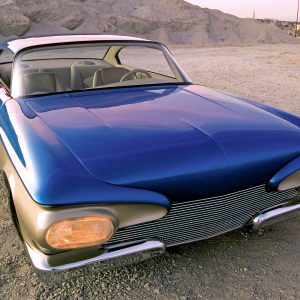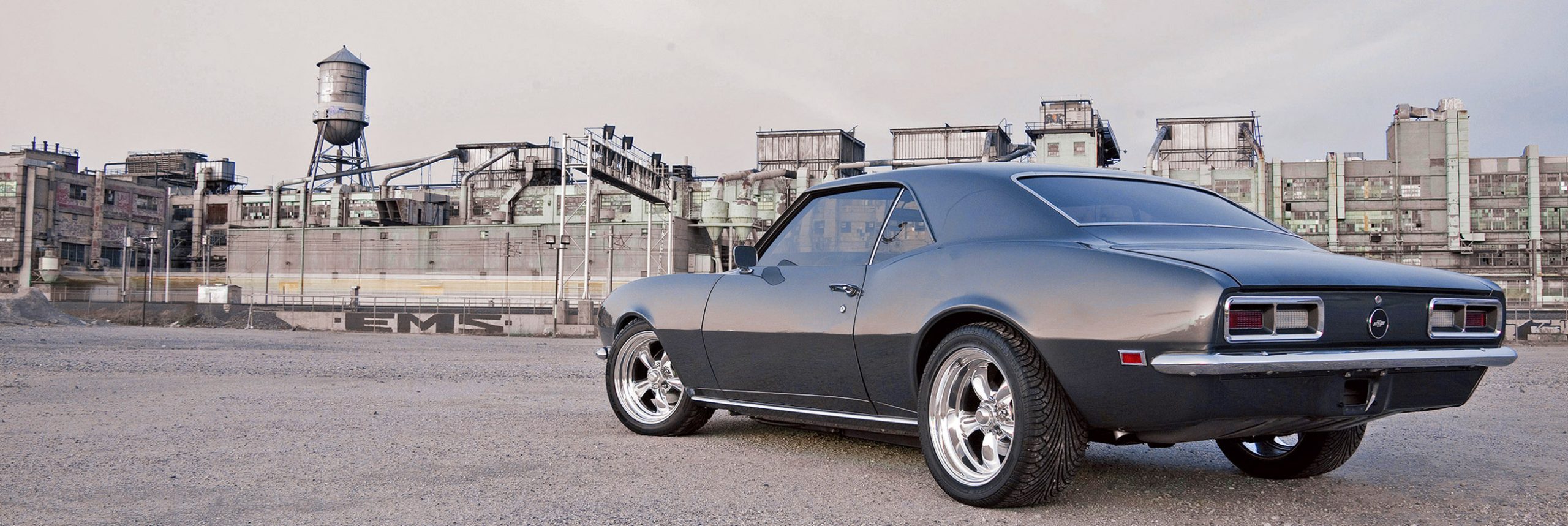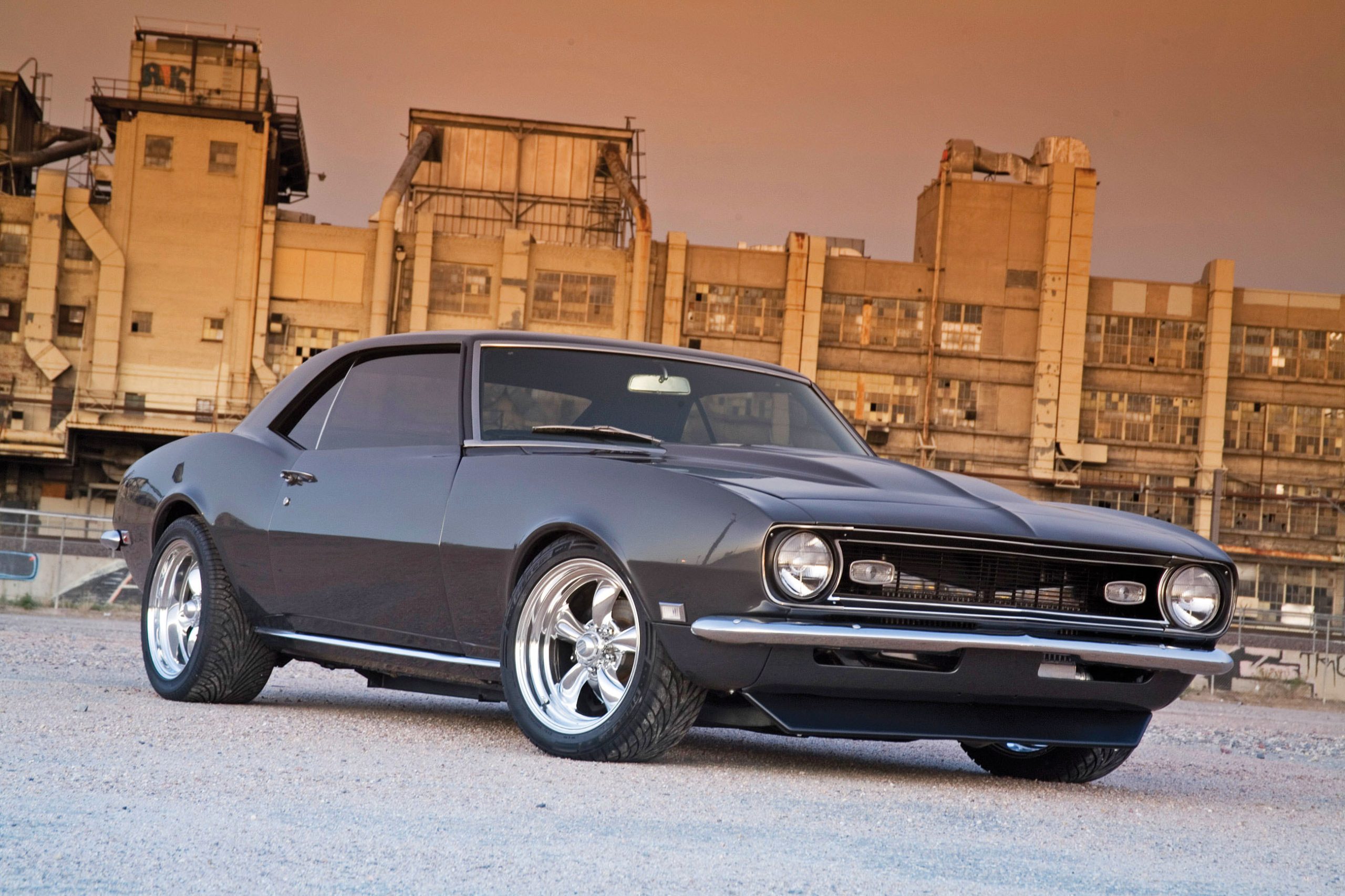
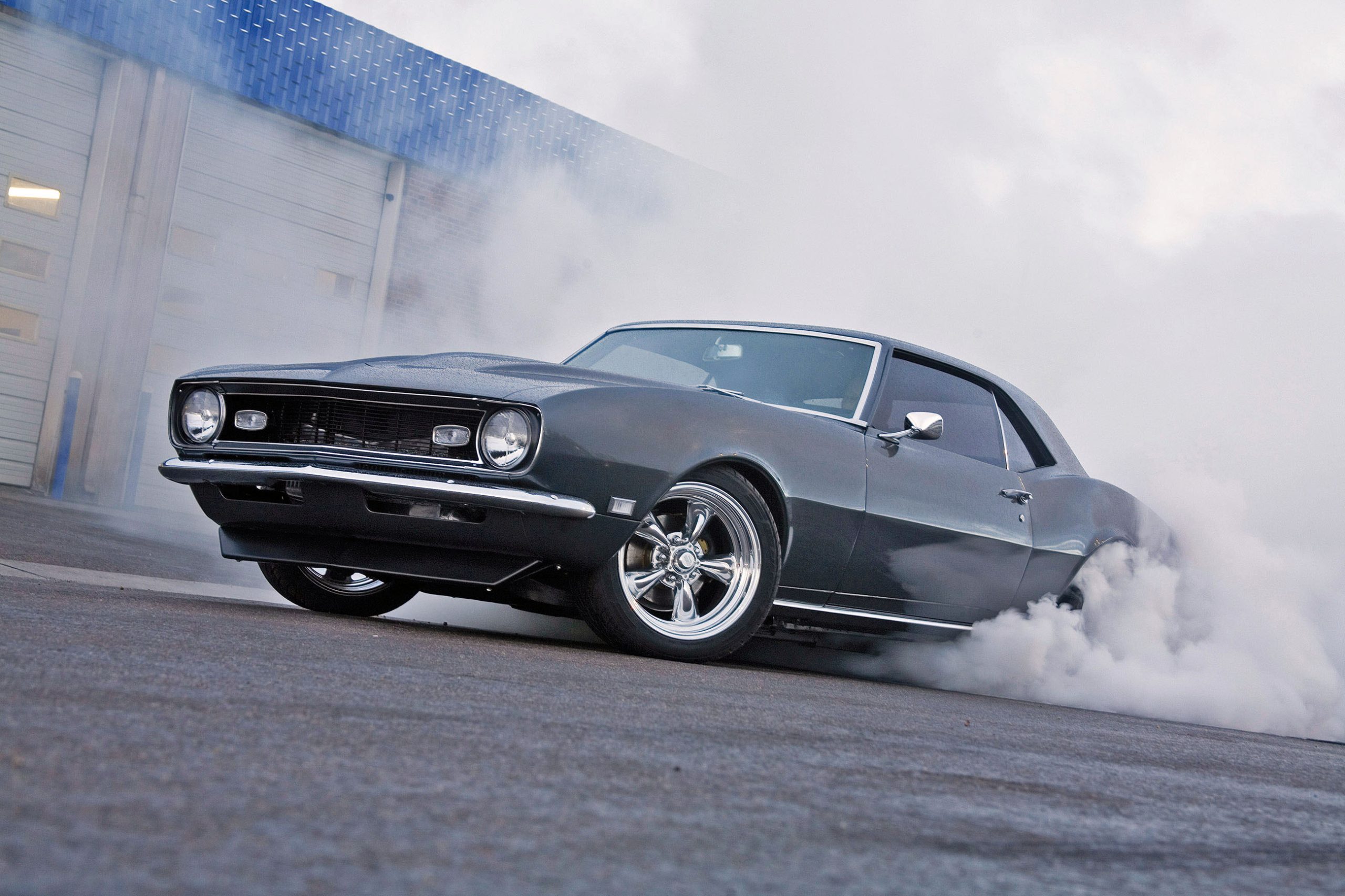

THE AUTO BUILDER
Featured
- All Post
- 20 High Priority - SR Super Rod
- Builds
- 25 High Priority - FB Ford Builder
- Cars
- 30 High Priority - AR American Rodder
- 01 Post Status
- 35 High Priority - RD Rodders Digest
- 40 High Priority - OTR On the Road
- 45 High Priority - SRB Street Rod Builder
- 50 High Priority - TB Truck Builder
- 55 High Priority - BSCENE Buckaroo Scene
- 60 High Priority - FPB Family Power Boat
- Trucks
- Swaps
- Performance Boats
- _000 Home Sliders
- Builders
- 00 Sidebars
- Manufacturers
- 05 High Priority - HCI Hot Compact Imports
- 05 Publications
- 10 High Priority - CR Chevy Rumble
- Back
- Chassis
- Engine
- Fuel System
- Electrical
- Exhaust
- Transmission / Drivetrain
- Suspension
- Steering
- Brakes
- Wheels and Tires
- Interior
- Exterior
- Accessories
- Power Adders
- Back
- Chassis
- Engine
- Fuel System
- Electrical
- Exhaust
- Transmission / Drivetrain
- Suspension
- Steering
- Brakes
- Wheels and Tires
- Interior
- Exterior
- Accessories
- Power Adders
- Back
- Chassis
- Engine
- Electrical
- Exhaust
- Fuel System
- Transmission / Drivetrain
- Suspension
- Steering
- Brakes
- Wheels and Tires
- Interior
- Exterior
- Accessories
- Power Adders
- Back
- Chassis
- Engine
- Electrical
- Exhaust
- Fuel System
- Transmission / Drivetrain
- Suspension
- Steering
- Brakes
- Wheels and Tires
- Interior
- Exterior
- Accessories
- Power Adders
- Back
- Chassis
- Engine
- Fuel System
- Electrical
- Exhaust
- Transmission / Drivetrain
- Suspension
- Steering
- Brakes
- Wheels and Tires
- Interior
- Exterior
- Accessories
- Power Adders
- Back
- Chassis
- Engine
- Fuel System
- Electrical
- Exhaust
- Transmission / Drivetrain
- Suspension
- Steering
- Brakes
- Wheels and Tires
- Interior
- Exterior
- Accessories
- Power Adders
- Back
- Chassis
- Engine
- Fuel System
- Electrical
- Exhaust
- Transmission / Drivetrain
- Suspension
- Steering
- Brakes
- Wheels and Tires
- Interior
- Exterior
- Accessories
- Power Adders
- Back
- Engine
- Fuel System
- Electrical
- Outdrives
- Steering
- Interior
- Accessories
- Power Adders
- Exterior and Hull
- Back
- Chassis
- Engine
- Electrical
- Exhaust
- Fuel System
- Transmission / Drivetrain
- Suspension
- Steering
- Brakes
- Wheels and Tires
- Interior
- Exterior
- Accessories
- Power Adders
- Back
- Chevrolet
- Cadillac
- Pontiac
- AMC
- Buick
- Jeep
- Lincoln
- Ford
- Honda
- GMC
- BMW
- Mitsubishi
- Dodge
- Nissan
- Chrysler
- Subaru
- Toyota
- Plymouth
- Mercury
- Volvo
- Volkswagen
- Oldsmobile
- Acura
- Back
- 05 Pub HCI Hot Compact Imports
- 15 Pub 4x4 4x4 Builder
- 20 Pub SR Super Rod
- 25 Pub FB Ford Builder
- 30 Pub AR American Rodder
- 35 Pub RD Rodders Digest
- 40 Pub OTR On the Road
- 55 Pub BSCENE Buckaroo Scene
- 10 Pub CR Chevy Rumble
- 50 Pub TB Truck Builder
- 60 Pub FPB Family Power Boat
- 45 Pub SRB Street Rod Builder
- Back
- Chip Foose
- Ring Brothers
- Jack Fuller
- Bob Cullipher
- Jerry Nichols
- Bobby Alloway
- Jesse James
- Carl Casper
- J.F. Launier
- Steve Sellers
- Boyd Coddington
- Rad Rides by Troy
- Cal Auto Creations
- George Barris
- West Coast Customs
- Back
- Street Rods
- Hot Rods
- Late Model
- Drag Race
- Handling
- Compact Cars
- Chassis
- Engine
- Fuel System
- Electrical
- Exhaust
- Transmission / Drivetrain
- Suspension
- Steering
- Brakes
- Wheels and Tires
- Interior
- Exterior
- Accessories
- Power Adders
- Chassis
- Engine
- Fuel System
- Electrical
- Exhaust
- Transmission / Drivetrain
- Suspension
- Steering
- Brakes
- Wheels and Tires
- Interior
- Exterior
- Accessories
- Power Adders
- Chassis
- Engine
- Electrical
- Exhaust
- Fuel System
- Transmission / Drivetrain
- Suspension
- Steering
- Brakes
- Wheels and Tires
- Interior
- Exterior
- Accessories
- Power Adders
- Chassis
- Engine
- Electrical
- Exhaust
- Fuel System
- Transmission / Drivetrain
- Suspension
- Steering
- Brakes
- Wheels and Tires
- Interior
- Exterior
- Accessories
- Power Adders
- Chassis
- Engine
- Electrical
- Exhaust
- Fuel System
- Transmission / Drivetrain
- Suspension
- Steering
- Brakes
- Wheels and Tires
- Interior
- Exterior
- Accessories
- Power Adders
- Chassis
- Engine
- Fuel System
- Electrical
- Exhaust
- Transmission / Drivetrain
- Suspension
- Steering
- Brakes
- Wheels and Tires
- Interior
- Exterior
- Accessories
- Power Adders
- Back
- 05 Post Imported
- 20 Post Missing Images (All)
- 25 Post Missing Images (Partial)
- 15 Post In Progress
- 30 Post Internal Review
- 40 Post On Hold
- 50 Post Approved
- 10 Post Images Imported
- 17 Post Missing TXT Files
- 18 Post Missing PDF Files
- 27 Post Missing Content
- Back
- Chassis
- Engine Swaps
- Interior Swaps
- Driveline
- Back
- Street Trucks
- OffRoad Trucks
- Chassis
- Engine
- Fuel System
- Electrical
- Exhaust
- Transmission / Drivetrain
- Suspension
- Steering
- Brakes
- Wheels and Tires
- Interior
- Exterior
- Accessories
- Power Adders
- Chassis
- Engine
- Fuel System
- Electrical
- Exhaust
- Transmission / Drivetrain
- Suspension
- Steering
- Brakes
- Wheels and Tires
- Interior
- Exterior
- Accessories
- Power Adders
- Back
- 01 Sidebar Left
- 01 Sidebar Right
Spotlighter
POPULAR READS
SMOKIN’ CAMARO
The Sum of Two Clapped-Out F-Bodies
Author
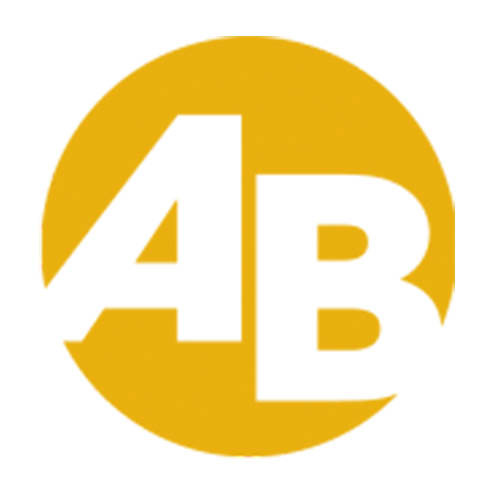
Isaac Mion
Story & Photography
The Flying Hood and the Donor Car
The bright red hood of the Firebird took flight like a catapult from an unstable base. Drivers in the distant traffic peered up through their windshields at the flying object as the car continued its progress toward its destination. With oncoming traffic at a minimum, and the hood landing without further incident but damaged beyond repair, David Cho decided simply to continue his progress with the bill-of-sale parts car.
The fate of this Firebird was to be a donor car. It would be gutted and relieved of its relevant parts in order to complete a soon-to-be-turbocharged smokin’ ’68 Camaro. Both of these clapped-out cars were necessary to make one menacing gunmetal classic, which soon effused smoke and rubber at will. This is where it all begins.
The Start of Something Big
Cho is like most of us—he’s had a passion for all things automotive for as long as he can remember. So, when Paragon, one of the preeminent tuning shops in Denver, closed its doors, it opened one for Cho. That portal led to the creation of his own chassis company. Random influences led Cho to pursue domestic projects such as this one—a steely-eyed hot rod that is among the most unique in a series of three that Cho and his partner/co-investor, Erin Lengefeld, built. By chance, they picked up three different ’68 Camaros. One was red, one yellow and one gray, not unlike the colors of the Bavarian flag. The first two netted little profit, but things fell into place on the third.
The Camaro’s Unusual Origin Story
It helped that a 60-year-old bodybuilder needed to get rid of the car and its assemblage of high-end parts to fund a much more important conquest. You see, the previous owner sold the Camaro and its bundle of parts to pay for a virgin bride from Vietnam. After the flight and accompanying wedding expenses, he was tapped, and that good fortune fell on Cho. While some men strive for a spouse or a house, others invest their energy and money in their cars. Cho is one of these committed, focused individuals.
Modern Retro Hot Rod Vision
We’ll call Cho’s efforts a modern retro. Much like old heavy-metal bands, classic metal has a timeless appeal, but there’s more—lurking beneath the classic sheetmetal is newfound power that will appeal to both schools of thought; purists will appreciate the clean lines and fastidious restoration, while performance mongers will be delighted to know that the original small block was scrapped in favor of a big block.
Building the Body
Cho acquired the shell of a ’68 and used it as a template for the motor while the team continued with the aesthetics. Lengefeld has been a fan of the ’68 Camaro since day one; “I had a restored white ’68 as my first car,” he said. “One day I chose to avoid a Suburban and flipped the car three times.” He also owned two other ’68s and a ’94 Camaro before finally getting up the gumption to go ahead with this project.
Cho and Lengefeld acquired the car around the spring of 2007 for the princely sum of $4,200. At first Cho didn’t want to buy the car because of the entire back window opening, which he built, including new window channel, using a shrinker-stretcher machine. After the new window opening was painstakingly crafted, the two started work on other parts of the body. First they removed the old fenders, cut off the rear quarter panels, replaced them with new rear quarters, and fixed the other body parts that required attention. They then installed new front fenders, a new header panel, a new lower valance, a new cowl hood, a new grille and new bumpers front and rear. In addition, the underside of the car was completely stripped and repainted. Bondo was not an option in this buildup, and once all the new panels and refurbished body were completely sanded, filled and blocked, DuPont two-stage paint, a 2006 GM gunmetal color with charcoal stripes, was applied. To top it off, new composite headlights with the H4 bulb conversion were installed, along with new side marker lights, parking lights and taillights and housings.
Powertrain Challenges and Triumphs
While the body did represent a lot of tedious work to get it to the point of applying its DuPont finish, the motor install proved just as challenging. While the engine bay looks clean now, thanks in part to the many polished and painted parts, there was a lot more to the final presentation than simply bolting in the engine. In addition to the detailing prior to paint, the original wiring harness wouldn’t do the job, so Cho had one built. When it was installed, though, they could not get it to work properly. Through a process of elimination, they finally realized the trans plug was pinned incorrectly—they converted a ’97 LT1 computer to OBD I from OBD II, but they ended up having trouble with the setup when the car kept getting stuck in first gear. It turned out that two pins, the 4L80E and the 4L60E, were flip-flopped.
Boosted Muscle: The Twin Turbos
With the car able to engage first gear, smoky burnouts became possible. Of course, the fact that this car’s already-potent LT1 is force-fed by a pair of custom-made T3/T4 turbos doesn’t hurt. When we shot this car, the motor made 424 hp at only 5 psi. The turbos, though, with their 56mm exhaust and 65mm compressor ratings and .85 AR, are fully capable of 800 hp. The rebuilt LT1 engine is port-matched to the intake with minor port work, and the stock computer and injectors were upgraded accordingly. “Essentially, we just installed a 200hp bolt-on kit,” Cho said.
Custom Turbo Kit Details
The one-off T3/T4 twin-turbo kit with intercooler was built by Colorado Speed & Chassis. This kit can support over 800 hp and uses two 38mm TiAL wastegates and a 50mm blow-off valve. Stainless steel tubular exhaust manifolds with stainless down pipes and polished-aluminum intercooler pipes feature all-TIG-welded construction. The energy exits through a 2.5-inch aluminized Flowmaster exhaust system, complete with crossover pipe for a nice sound.
Fine Details and Clever Engineering
Another cool point of the install: the wastegate is plumbed back to the downpipe. This ensures that the wastegate does not suck exhaust fumes, and that the car doesn’t sound as if it’s emitting gas—as is typical with so many turbo installs. Cho modified the aluminum valve covers to clear the alternator and built the down tubes and headers.
A replacement factory-style gas tank was modified for the newer GM in-tank 233-lb-per-hour fuel pump. The engine incorporates all braided stainless steel vacuum/boost lines and is cooled with an oversized aluminum radiator with a Flex-a-lite electric fan kit. Custom polished-aluminum engine and radiator covers complete the picture, with a custom polished-aluminum power steering reservoir and coolant overflow The rebuilt 4l60E transmission uses upgraded internals to withstand the torque of the twin-turbo power, which is then driven through a custom-made driveshaft with new heavy-duty U-joints. The totally rebuilt 12-bolt Positraction rearend uses 4:10 gears.
Suspension, Wheels, and Stance
The brakes, suspension and front and rear subframes were disassembled, sandblasted and repainted. There are upgraded four-wheel power disc brakes, along with a complete front-end rebuild with all-new Moog parts, and the ride height was lowered using Hotchkis 2-inch-drop springs, with an extra inch out of the coil. The combination makes for even more of a lethal stance. The Hotchkis 2-inch-drop front springs and Hotchkis 2-inch-drop multi-leaf rear springs bring the fender openings closer to the 17-inch American Racing Torq-Thrust IIs, 17x8s with 235/45R17 tires in front and 17×9.5s with 275/40R17 tires at the rear.
To stiffen up the assembly, all-new body bushings were added, along with welded-in subframe connectors and a 1-1/8-inch front sway bar. Although the car could be lurking at any given stoplight, with this much power and attitude, it might be difficult not to notice.
Interior Restoration and Upgrades
On the inside, new interior foam replaces the worn original, along with new front and rear seat covers. Replacement deluxe door panels were added, with new window regulators and front door handles. New front and rear glass was installed, along with a new headliner and sun visors. An NOS dash pad also was incorporated, along with a new console with horseshoe shifter. A Covan gauge panel was painted to match the dash. It was then fitted with a set of Auto Meter Ultralite gauges—speedo, tach, water temp, oil pressure, volt meter, fuel gauge, boost/vac gauge and an air/fuel ratio gauge. To top it off, a premium Kenwood system was built in, providing cool tunes over the exhaust note.
The Final Verdict
Once the smoke clears (and this thing will smoke ’em), it becomes clear that this modern retro can hold a candle to many of the high-end restorations done by hyper-funded builders with bottomless pockets. In addition to how cool this car is, that makes it all the more worthwhile.






